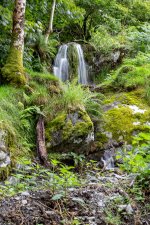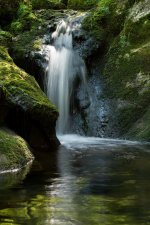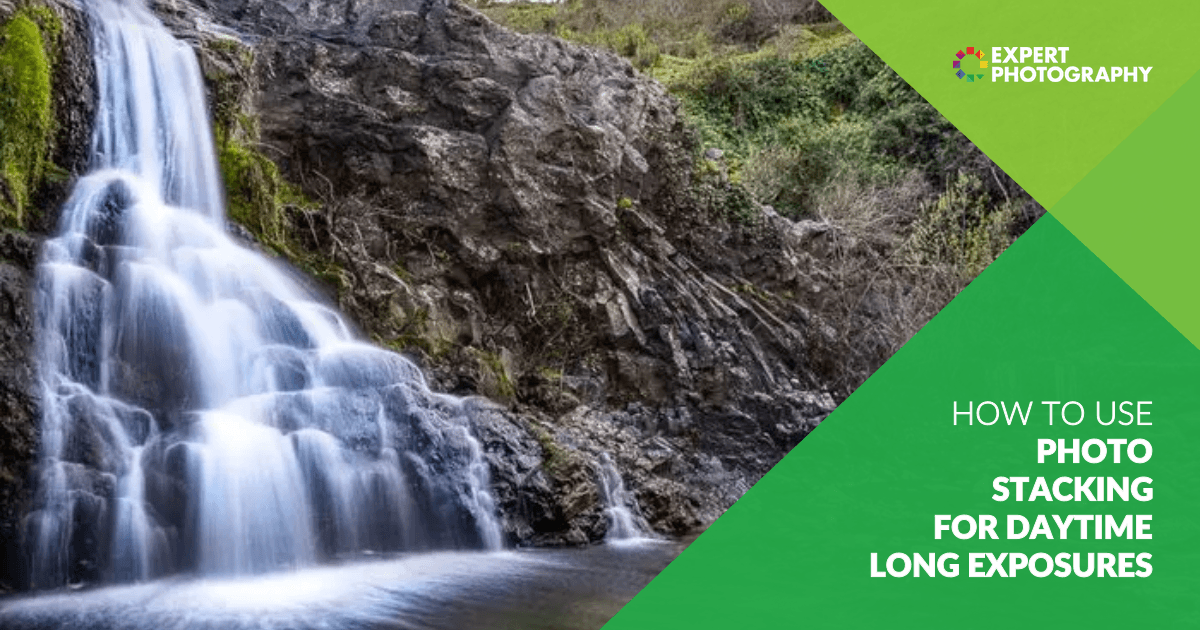I have had a cheap set of Neewer ND filters (ND2, ND4 & ND8) for ever and in a slow hour this morning had a play with them just to see the effect they'd give with a portion of sky and greenery (my back garden). I understand that their job is restrict the amount of light hitting the sensor to allow a slower shutter speed. There was no significant breeze and little plant movement, no water falls or running water, I understand that some landscape togs use them and wanted to find out why.
Tripod mounted with a distant manual focus and fully manual, I took a base line snap at 100 ISO, f11 and adjusted the shutter to give a correctly exposed image. Then added +2, +4, (2+4) +6, +8, (2+8) +10, (4+8) +12, (2+4+8) +14 and adjusted the shutter slower at each step to give a correctly exposed image.
Apart from a significant purple cast that I can correct using custom white balance I'm struggling to much of a difference between any of the images produced. What should I expect to see when I use them? Would I see a difference at f22 other than difference with depth of field?
Afternote: Before I did this I think I was expecting some sort of eureka moment. After a minute to think I guess I should expect to see depth of field, especially at f22, and better exposure at f22.






